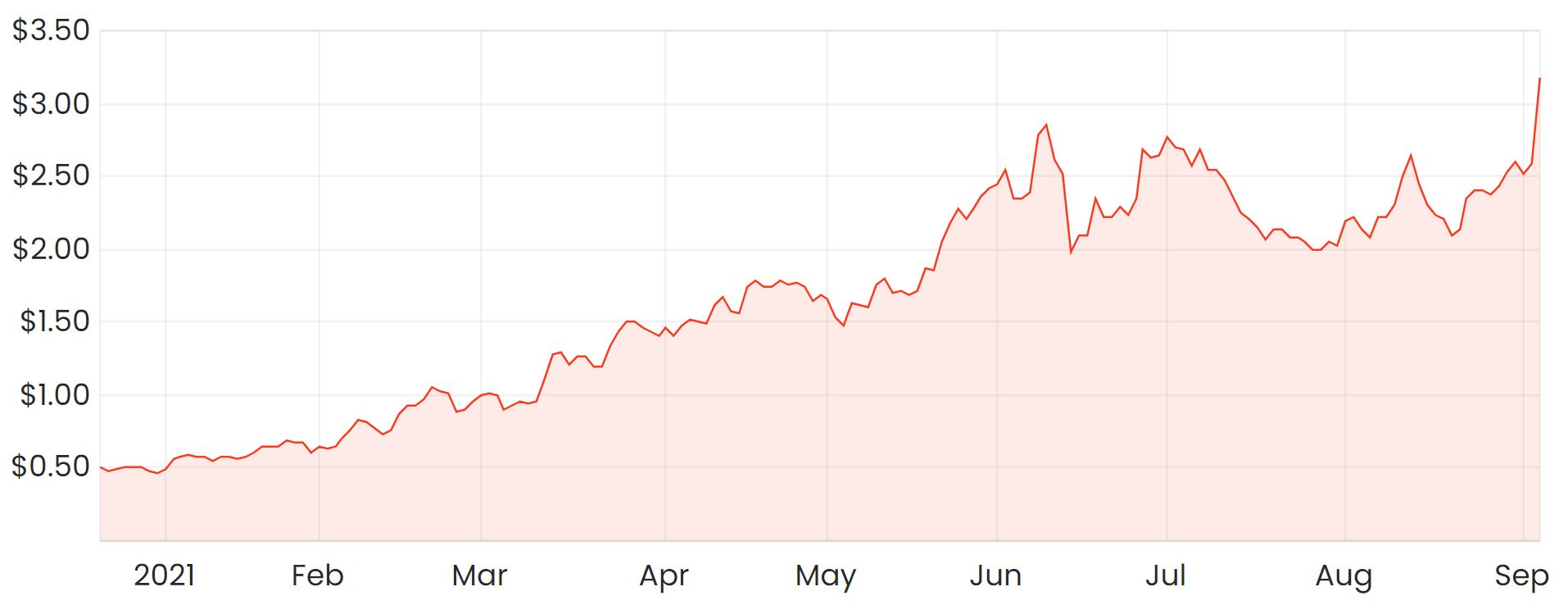Shares in luxury e-commerce retailer Cettire Limited (ASX: CTT) have continued their rampage, up another 22% on Friday.
Since listing at the IPO price of 50 cents per share, investors are currently up over 530% on their investment.

What’s driving Cettire’s shares higher?
Cettire just revealed a bumper FY21 result, which you can read about here.
Here are the highlights.
- Sales revenue of $92.4 million, up 304% on FY20
- 114,830 active customers, up 285%
- Operating cash flow of $12.7 million, up 131%
- $47.1 cash balance with no debt
- Commencement of direct partnerships with brand owners
Whatever your view on Cettire, these are some impressive results. Its valuation certainly reflects this. Today, Cettire’s shares are trading on around 13x FY21 sales. One could argue this is fair for a company growing its top line at 300% per year. Of course, the question is more about how sustainable these growth rates are.
But what’s driving the sales growth?
Cettire sources its products from third parties and wholesalers but doesn’t hold any inventory. It’s a capital-light model that also allows it to sell luxury goods at a significant discount.
This is in comparison to one of its well-known competitors, Farfetch Ltd (NYSE: FTCH), which forms relationships with brands and boutiques and works more like a marketplace. Under this model, Farfetch can’t dictate its prices as much, which explains why it generates much higher gross margins than Cettire.
Given the significant discounts that Cettire can offer, this is likely the driving force behind the sales growth. As long as it can source the same products and continue discounting, I imagine sales will continue on an upwards trajectory for quite some time as it becomes more well known among consumers.
Is there a long-term competitive advantage?
If price truly is the key differentiator that a consumer looks for, some might suggest that there isn’t a strong level of loyalty between the consumer and the Cettire platform. If a cheaper alternative was to come along, I can’t imagine why a customer would be incentivised to remain with a more expensive retailer.
One important point in the FY21 result was management noting that Cettire will commence direct relationships with brand owners.
This is good in the sense that it will de-risk the business model to an extent. But if it has less say around the pricing, it could lose its cost leadership advantage over its competitors. Then, it would have to potentially compete in other ways such as its technology platform, marketing, or distribution.
Having said that, it looks like Cettire is investing in its own proprietary e-commerce storefront solution, so it’s pleasing to see that it’s trying to gain an edge in other ways than just a price advantage.
Summary
Cettire will likely continue to do well as long under its current business model that revolves around discounting luxury goods.
It’s hard to know if it will still be operating under this business model in say, 3 or 5 years from now, which is my ideal investing timeframe.
Because of this uncertainty, I won’t be buying shares at the moment, but I could understand the appeal for those with a shorter investment horizon.









